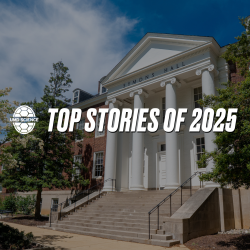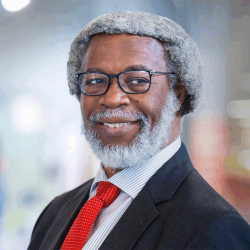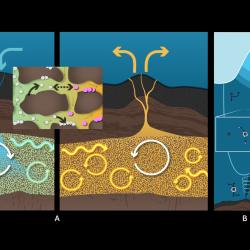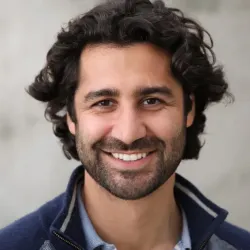Alan Jay Kaufman and Howard Milchberg Named 2024 Distinguished University Professors
Alan Jay Kaufman and Howard Milchberg have been named 2024 Distinguished University Professors at the University of Maryland. The title of Distinguished University Professor is the highest academic honor bestowed by the university.
They join more than 60 colleagues in the College of Computer, Mathematical, and Natural Sciences who have been named Distinguished University Professor since 1980. Distinguished University Professors are faculty members who have been recognized nationally and internationally for the importance of their scholarly achievements. UMD’s president, along with a committee composed of the provost and seven faculty members—including several Distinguished University Professors—from diverse disciplines select the honorees each year.
Alan Jay Kaufman
Department of Geology
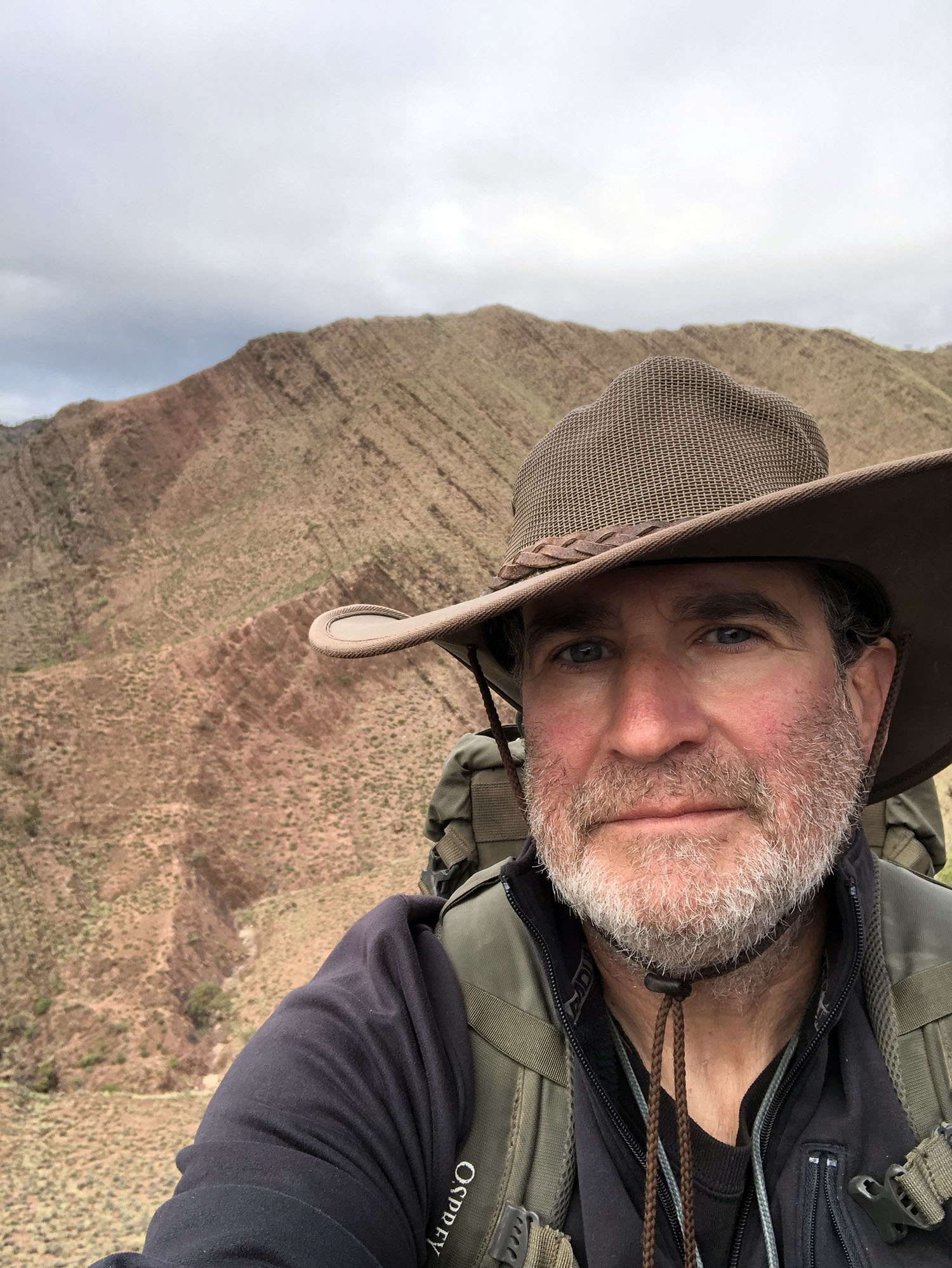
A world leader in geobiology, Kaufman has played a key role in establishing the field of Precambrian chemostratigraphy, which helps explain how environmental conditions influenced the rise of life on Earth—and how the evolution of life helped shape the planet.
Kaufman received bachelor’s degrees in geology and English at Louisiana State University and his M.S. and Ph.D. in geology at Indiana University. After serving as a postdoctoral researcher and research associate at Harvard University, he came to UMD in 1997 and was promoted to full professor in 2009.
“Without the scientific contributions of Professor Kaufman, key evidence that underpins the deep-time connections between biological innovation and climate/greenhouse connections to environmental change throughout Earth’s earliest eons would be lacking,” said Distinguished University Professor and Geology Chair James Farquhar.
Through his 140 published papers, many of them in high-profile journals including Science, Nature and Proceedings of the National Academy of Sciences, Kaufman “has directly shaped how we investigate and interpret the geological record of life on Earth,” said Marc Laflamme, a professor of Earth science at the University of Toronto Mississauga. “I can attest firsthand of the influence his research has had on our community.”
Kaufman’s research papers have been cited more than 26,000 times; it’s impossible to work on aspects of Earth’s early environmental history and not be conversant with his scientific findings, said Professor Simon Poulton, chair of biogeochemistry and Earth history at the University of Leeds: “He is a major, and widely respected, force in isotopic research pertaining to the evolution of Earth’s environment.”
Alongside his foundational scientific studies, Kaufman helped develop undergraduate courses and mentored 15 graduate students and well over 70 undergraduate students and laboratory assistants, demonstrating his commitment to student success and nurturing diversity in geology. He is also a Fellow of the Geological Society of America and was a Fulbright Foundation Global Scholar.
Howard Milchberg
Department of Physics and Department of Electrical and Computer Engineering
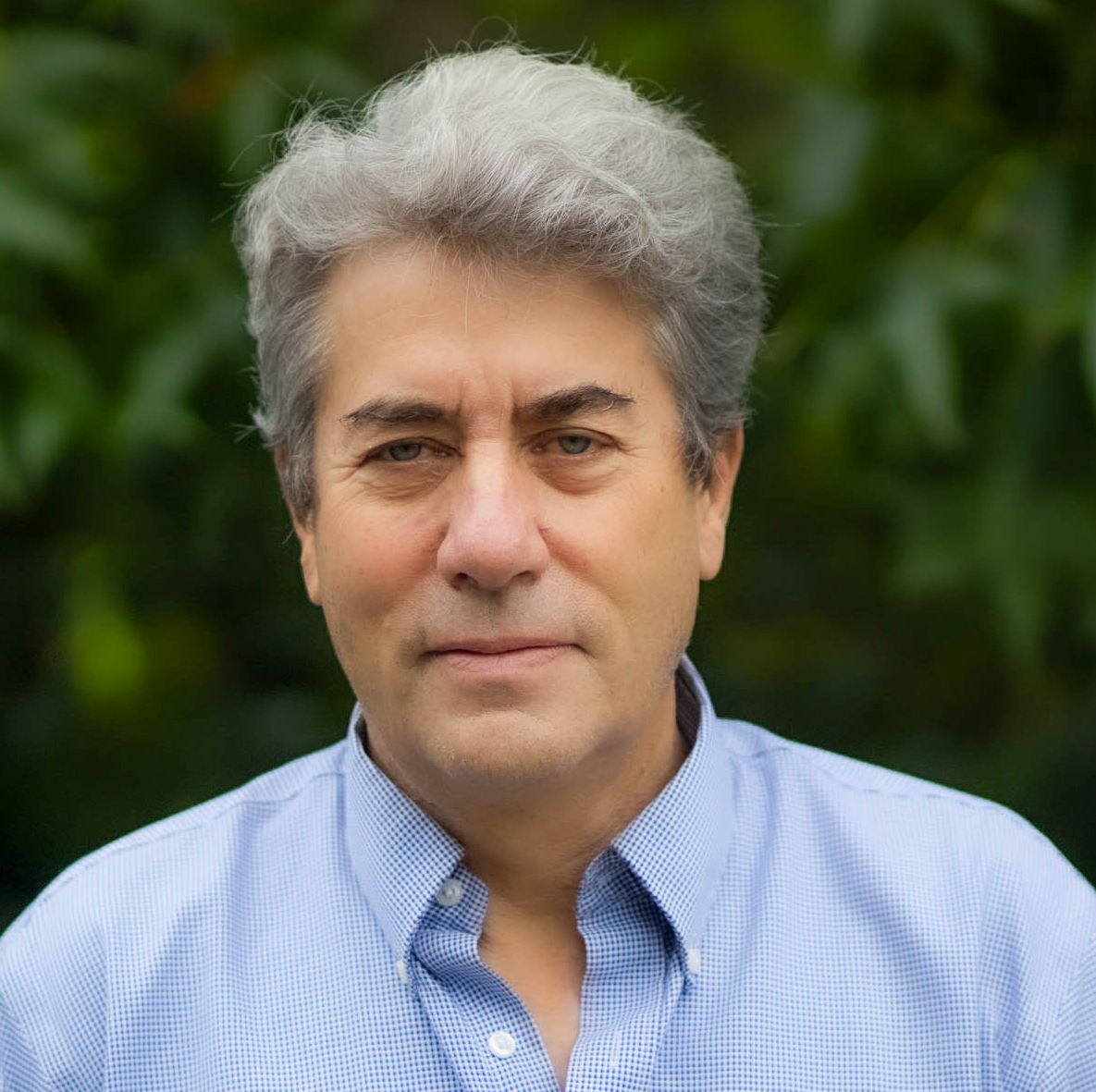
During his career at UMD, Milchberg has made pioneering contributions in the field of experimental and theoretical nonlinear optics and plasma physics, while his internationally prominent research in the field of intense laser-matter interactions has brought scientific as well as popular acclaim—for example, a Wired magazine article entitled “Physicists Clear the Air With a Sweet Frickin’ Laser Beam.”
Milchberg has most notably advanced the use of lasers that compress their power into a few femtoseconds (or million-billionths of a second) for exploring otherwise indiscernible properties of matter or (as the Wired article discusses) clearing “tunnels” through the atmosphere with one laser beam to help keep another laser pulse focused on its path.
“Howard has continually advanced the field of optical guiding of high-intensity laser pulses,” said University of Waterloo Professor Donna Strickland, a 2018 Nobel laureate in physics.
Milchberg received his bachelor’s degree in engineering physics at McMaster University and a Ph.D. in astrophysics from Princeton University, then worked as a postdoctoral researcher at Bell Laboratories before arriving at UMD in 1988; he was promoted to professor in 1995. He is a Fellow of the American Physical Society (APS) and Optica, and he received the 2005 APS John Dawson Research Excellence Award in Plasma Physics and the 2024 APS Arthur L. Schawlow Prize in Laser Science. His 179 published papers have been cited more than 13,000 times.
“His discoveries have advanced the field,” said Philip H. Bucksbaum, Marguerite Blake Wilbur Professor in Natural Science at Stanford University. “His seminal work on plasma-channel laser light guides is widely recognized as a major accomplishment in plasma physics.”
Milchberg has also helped advance the science careers of numerous students, advising 28 Ph.D. graduates and dozens of undergraduates. Additionally, three students from his lab won the APS Marshall Rosenbluth Award for the best Ph.D. thesis research in plasma physics.
“Besides the influence Howard’s work has had on the scientific community, it has an even greater impact on the education of his students,” said Louis F. DiMauro, Hagenlocker Chair and professor of physics at the Ohio State University.
Along with his wife and three children, Milchberg established the Irving and Renee Milchberg Endowed Lecture in honor of his late parents, both Holocaust survivors. The lecture program aims to connect science, truth, the human condition and a civil society through annual invited speakers.
Article written by the Office of Marketing and Communications



